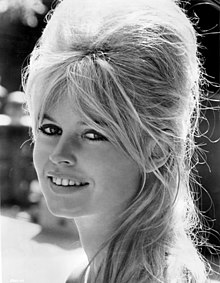In Yugoslavia in 1993 prices rose 20% a day. In Zimbabwe in 2008, inflation reached 231,000,000%. Our cartoonist KAL looks at how hyperinflation can lead to the collapse of a country's economy
https://en.wikipedia.org/wiki/Hyperinflation
在經濟學上,惡性通貨膨脹是一種不能控制的通貨膨脹,在物價很快地上漲的情況下,就使貨幣失去價值。惡性通貨膨脹沒有一個普遍公認的標準界定。一般界定為每月通貨膨脹50%或更多,但很多時在寬鬆上使用的比率會更低。多數的經濟學家認為的定義為「一個沒有任何平衡趨勢的通貨膨脹循環」。當越來越多的通膨現象隨著週期反覆發生會產生惡性循環。有關惡性通膨的肇因雖有很多爭議,可是當貨幣供給有異常的增加或錢幣大幅的貶值,且常與戰爭(或戰後)、經濟蕭條、及政治或社會動盪聯繫在一起時,惡性通膨便日益明顯。
Definition[edit]
In 1956, Phillip Cagan wrote The Monetary Dynamics of Hyperinflation, the book often regarded as the first serious study of hyperinflation and its effects[4] (though The Economics of Inflation by C. Bresciani-Turroni on the German hyperinflation was published in Italian in 1931[5]). In his book, Cagan defined a hyperinflationary episode as starting in the month that the monthly inflation rate exceeds 50%, and as ending when the monthly inflation rate drops below 50% and stays that way for at least a year.[6] Economists usually follow Cagan’s description that hyperinflation occurs when the monthly inflation rate exceeds 50%.[4]








